Retro Replay Review
Gameplay
P.T.O.: Pacific Theater of Operations delivers a deeply strategic experience that challenges players to oversee every facet of a sprawling naval conflict. Whether you choose to command the Imperial Japanese Navy or the Allied forces, the game tasks you with balancing ship development, resource allocation, and tactical maneuvers. From ordering the construction of battleships and carriers to positioning your fleets in pivotal regions, each decision has a tangible impact on the unfolding war.
(HEY YOU!! We hope you enjoy! We try not to run ads. So basically, this is a very expensive hobby running this site. Please consider joining us for updates, forums, and more. Network w/ us to make some cash or friends while retro gaming, and you can win some free retro games for posting. Okay, carry on 👍)
The heart of P.T.O. lies in its multi-layered approach to warfare. At the strategic level, you manage base defenses and economic decisions—securing vital supply lines and maintaining production ramps up the tension as you strive to outpace your opponent’s shipyards. At the operational level, arranging squadrons and coordinating convoys reward careful planning and foresight. And during fierce naval engagements, you can even take direct control, issuing real-time orders to individual vessels or task forces.
One of the most compelling aspects of the gameplay is the variety of scenarios available. Jump into famous historical clashes like Midway or Guadalcanal for a focused challenge, or embark on the extended campaign that pushes you to manage both sides of the conflict. Limited victory conditions keep each playthrough engaging—whether the goal is to capture key islands, dominate sea lanes, or simply outlast the enemy’s industrial capacity, there is a clear objective to guide your strategy.
While the depth is undeniably satisfying for veteran strategists, newcomers might find the learning curve steep. The interface offers numerous tabs and sub-menus for ship upgrades, intelligence reports, and battle planning, which can feel overwhelming at first. However, once you acclimate to the systems, the ability to fine-tune everything from torpedo loadouts to fuel reserves becomes a rewarding testament to your naval command prowess.
Graphics
Given its origins as a classic KOEI military sim, P.T.O. trades flashy visuals for functional clarity. The game presents a top-down map of the Pacific with hex-based movement, where ships are represented by simple yet distinctive icons. This minimalist design ensures that vital information—such as fleet composition, fuel status, and nearby threats—is always front and center without unnecessary clutter.
During direct engagements, the screen shifts to more detailed naval art, showcasing side-view sprites of cruisers, destroyers, and aircraft carriers exchanging fire. Although these battle animations are brief and somewhat repetitive, they provide enough visual feedback to make each skirmish feel alive. Explosions, ship damage indicators, and sinking sequences punctuate the otherwise austere interface, giving players an occasional cinematic flourish.
Menu screens are straightforward, with clear typography and color-coded alerts distinguishing between friendly and enemy assets. While the lack of high-resolution textures or dynamic camera angles may deter those accustomed to modern war games, the consistent presentation serves the simulation’s emphasis on information over immersion. Seasoned strategy fans will appreciate the clean layout that quickly conveys key tactical data.
In a contemporary context, P.T.O.’s graphics may seem dated, but they remain functional and purposeful. The retro aesthetic can even be charming to players who value substance over style, allowing them to focus on plotting multi-fleet campaigns across thousands of nautical miles without distraction. For those seeking photo-realistic visuals, this may not be the ideal choice—but for strategy purists, the pragmatic design is part of the game’s enduring appeal.
Story
P.T.O. does not follow a traditional narrative with scripted cutscenes or character-driven arcs. Instead, its “story” emerges organically through player decisions and historical context. Each campaign scenario places you at the helm during crucial phases of the Pacific War, from the surprise attack on Pearl Harbor to the climactic maneuvers around the Philippines.
The lack of a linear storyline might feel underwhelming to gamers who prefer strong plotlines, yet this approach aligns perfectly with P.T.O.’s simulation roots. You become the protagonist, shaping alternate histories based on your strategic choices. Will you commit to a bold carrier strike deep into enemy territory, or adopt a cautious line of supply-and-demand warfare? The narrative unfolds in letters from admirals, combat reports, and the shifting balance of power on the map.
Famous battles serve as microcosms of larger campaigns, providing slice-of-life glimpses into the tension and stakes of specific engagements. Playing through the Battle of the Coral Sea scenario, for example, immerses you in the early-war strategic scramble for sea control. As you link these scenarios into a full-campaign run, a larger tapestry of war unfolds—complete with triumphs, setbacks, and the sobering weight of attrition.
Ultimately, P.T.O.’s story is a sandbox of historical possibilities. The absence of rigid scripts enhances replayability, inviting you to test “what-if” scenarios and rewrite well-known outcomes. For history buffs and strategy enthusiasts alike, the emergent narrative woven by your own commands becomes a compelling testament to the game’s depth.
Overall Experience
P.T.O.: Pacific Theater of Operations is a standout title for dedicated strategy players who relish command-level simulations. Its intricate systems—ranging from economic management to tactical maneuvers—deliver a robust challenge that rewards meticulous planning and adaptability. Each decision, whether forging new battleship blueprints or redirecting convoys, carries weight throughout the campaign.
The game’s steeper learning curve and retro presentation may present initial hurdles, but the payoff is substantial once you master the controls and strategic flow. The absence of flashy graphics or hand-holding tutorials underscores the title’s focus on genuine military simulation. For those willing to invest time, P.T.O. offers dozens of hours of engrossing play across multiple scenarios and campaigns.
Replayability is a core strength. With options to command either Japan or the Allies, and to combine or separate sides in the full campaign, the permutations of strategic experimentation are vast. Limited victory conditions keep each session goal-oriented, while the emergent storytelling ensures that no two playthroughs feel identical.
In sum, P.T.O. is best suited for players who appreciate methodical decision-making and historical strategy. Its combination of fleet management, production planning, and direct battle control forms a cohesive, satisfying whole. While it may not appeal to those seeking quick action or narrative-driven experiences, it remains a rewarding gem for fans of grand-scale war games and Pacific theater simulations.
 Retro Replay Retro Replay gaming reviews, news, emulation, geek stuff and more!
Retro Replay Retro Replay gaming reviews, news, emulation, geek stuff and more!
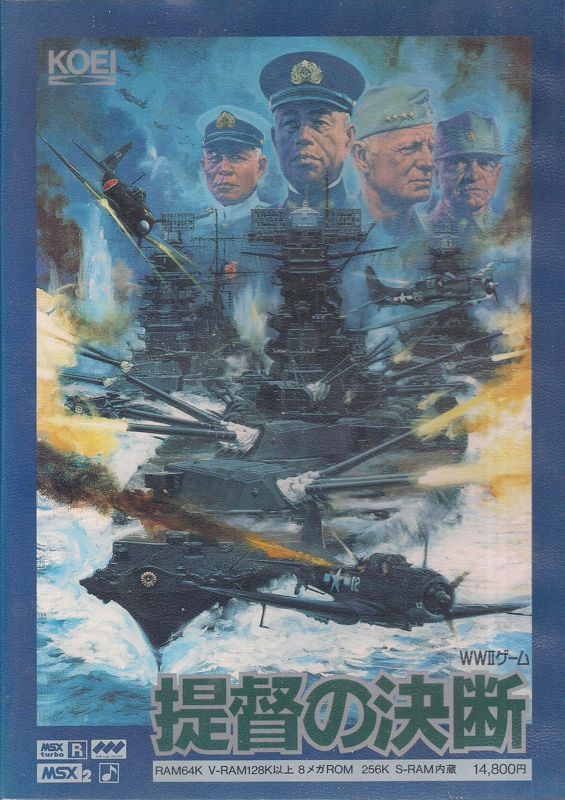
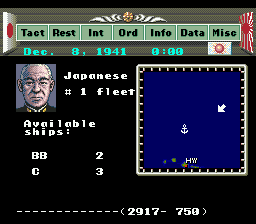
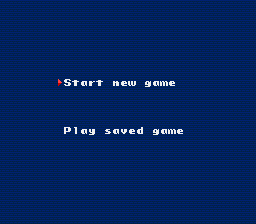
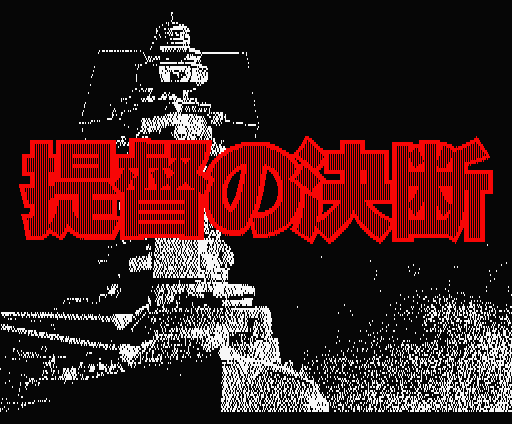
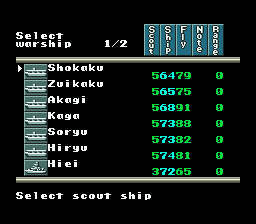
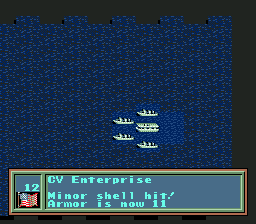



Reviews
There are no reviews yet.